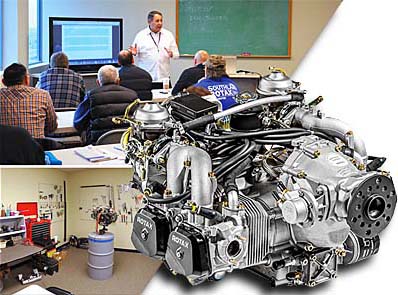
It’s springtime and all across America as the weather enters an inviting phase, pilots are getting out their ultralights, light kit aircraft, and the Light-Sport Aircraft. Doing a very thorough check of the airframe is obviously important but thoughtful pilots will not overlook their engine. For years now, all manner of light aircraft are lifted by a powerplant from one brand: Rotax. So, where do you take your Rotax engine for qualified and quality work? A number of repair stations or mechanics have established a reputation after being trained to work on these engines. However, as the LSA sector expands around the globe and as companies far and wide began to embrace the Austrian engine, a steady growth has occurred in maintenance technicians. When engine models change and to assure approved mechanics have the latest information, recurrency training is also required. Many owners are quite capable of doing some of their own work.




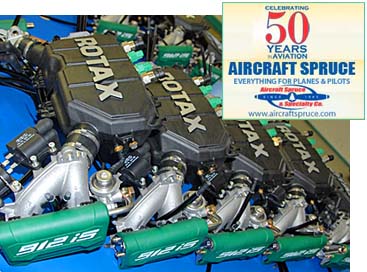
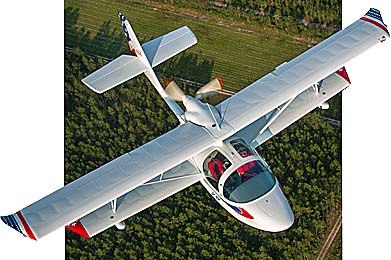
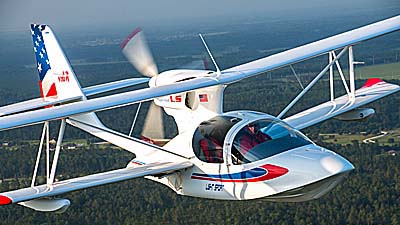

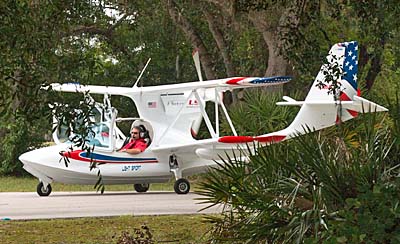

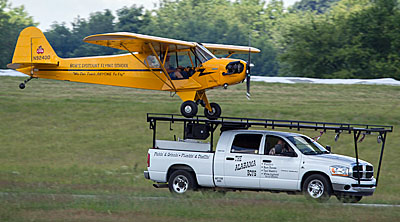
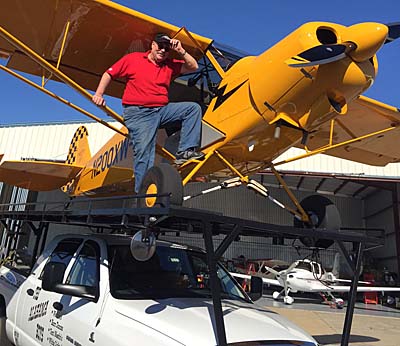
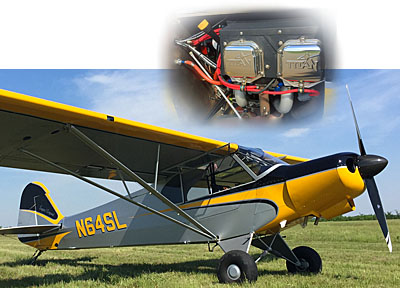

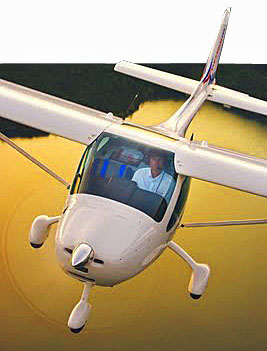

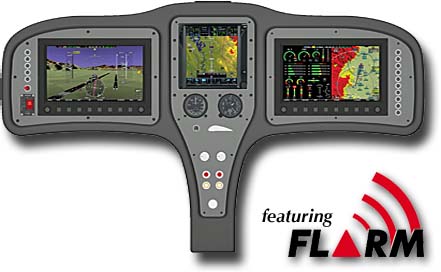
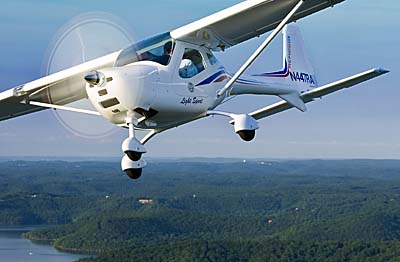

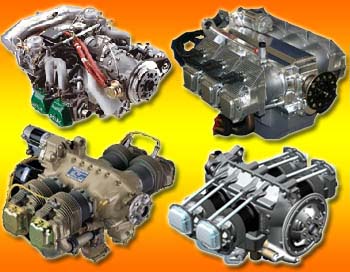 It was the ninth annual
It was the ninth annual  With its beta-test debate at Sebring earning warm reviews, LAMA, supported by its principal airshow sponsor,
With its beta-test debate at Sebring earning warm reviews, LAMA, supported by its principal airshow sponsor, 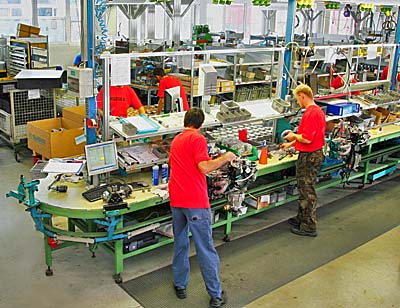 I've visited the facility and seen the sprawling yet immaculate and highly organized plant where motorcycle and snowmobile engines are built. With robots, computer-controlled tools, and a completely automated inventory system,
I've visited the facility and seen the sprawling yet immaculate and highly organized plant where motorcycle and snowmobile engines are built. With robots, computer-controlled tools, and a completely automated inventory system, 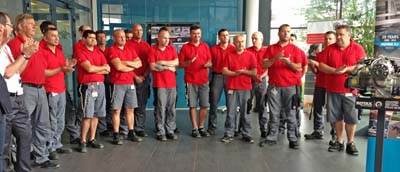 "How many work in this [facility]?" Answer: About 25 technicians assemble aircraft engines and they are supported by engineering, sales, and management personnel. Some components of the aircraft engines come from the big plant, but the assembly is separate.
"Are Rotax aircraft engines made on an assembly line?" Answer: The Austrian engine manufacturer builds aircraft engines on a primarily hand-assembly line that is less automated than the main motorcycle and other engine production. Total volumes are quite different.
In addition to designing and testing aircraft engines — for example the new 135-horsepower Rotax 915 iS is getting closer to market — the European manufacturer also supports dealers and mechanics with a training facility that I have toured. I've also visited the
"How many work in this [facility]?" Answer: About 25 technicians assemble aircraft engines and they are supported by engineering, sales, and management personnel. Some components of the aircraft engines come from the big plant, but the assembly is separate.
"Are Rotax aircraft engines made on an assembly line?" Answer: The Austrian engine manufacturer builds aircraft engines on a primarily hand-assembly line that is less automated than the main motorcycle and other engine production. Total volumes are quite different.
In addition to designing and testing aircraft engines — for example the new 135-horsepower Rotax 915 iS is getting closer to market — the European manufacturer also supports dealers and mechanics with a training facility that I have toured. I've also visited the 
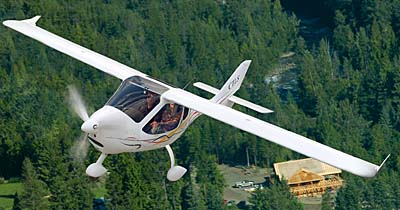

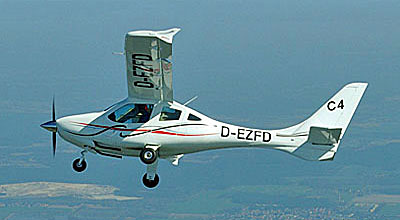
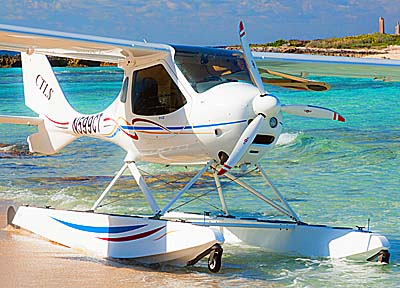

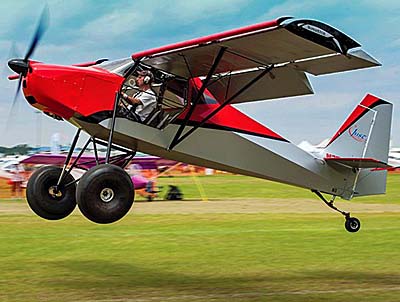
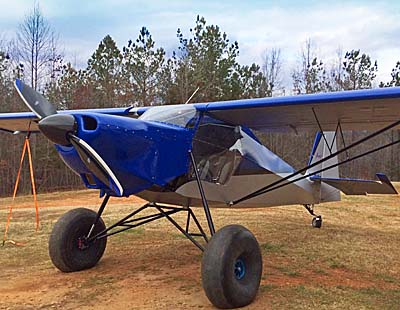
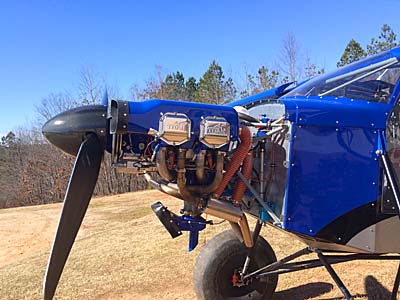

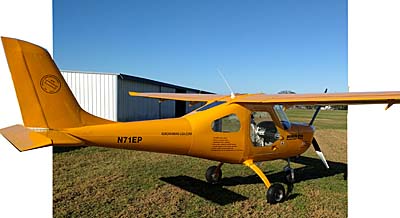 While recognizing they are very capable airplanes, many lament the cost of carbon fiber speedsters with glass cockpits and autopilots.
While recognizing they are very capable airplanes, many lament the cost of carbon fiber speedsters with glass cockpits and autopilots. 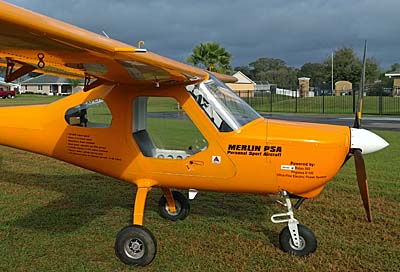 The first U.S. Merlin PSA is powered with the 65 horsepower
The first U.S. Merlin PSA is powered with the 65 horsepower 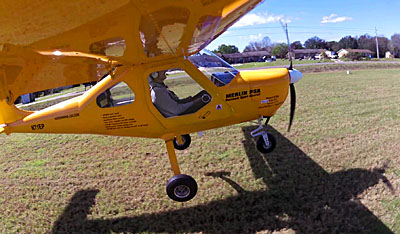 Licensed as an Experimental Amateur Built aircraft Merlin PSA easily fits within the LSA parameters of weight and speed. Therefore, it can be flown with a Sport Pilot certificate — or by a higher certificated pilot exercising the privileges of Sport Pilot, meaning no medical is needed.
A complete kit including Aeromarine-LSA's builder's assist program is only $34,900. You need to invest some labor hours but you will be guided and the effort is said to be quite rapid. An all-aluminum design, Merlin PSA is available as a quick-build kit. Because it was created using 3D CAD/CAM equipment, Merlin offers easy-to-build, matched-hole assemblies that require no fixtures. "Build time is measured in days rather than months or years," said Chip. "Builders can enjoy a couple of weeks at our Builders' Center in Florida and fly their new Merlin PSA ... not 'taxi.' Fly." That's some promise.
Licensed as an Experimental Amateur Built aircraft Merlin PSA easily fits within the LSA parameters of weight and speed. Therefore, it can be flown with a Sport Pilot certificate — or by a higher certificated pilot exercising the privileges of Sport Pilot, meaning no medical is needed.
A complete kit including Aeromarine-LSA's builder's assist program is only $34,900. You need to invest some labor hours but you will be guided and the effort is said to be quite rapid. An all-aluminum design, Merlin PSA is available as a quick-build kit. Because it was created using 3D CAD/CAM equipment, Merlin offers easy-to-build, matched-hole assemblies that require no fixtures. "Build time is measured in days rather than months or years," said Chip. "Builders can enjoy a couple of weeks at our Builders' Center in Florida and fly their new Merlin PSA ... not 'taxi.' Fly." That's some promise.
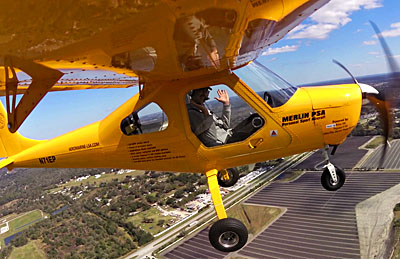 As debuted at Sebring 2016, Merlin PSA is nicely equipped with a digital EFIS/EMS, GPS, radio transceiver, an ADS-B out-equipped Mode S transponder, BRS parachute system, electric trim, and the new
As debuted at Sebring 2016, Merlin PSA is nicely equipped with a digital EFIS/EMS, GPS, radio transceiver, an ADS-B out-equipped Mode S transponder, BRS parachute system, electric trim, and the new 
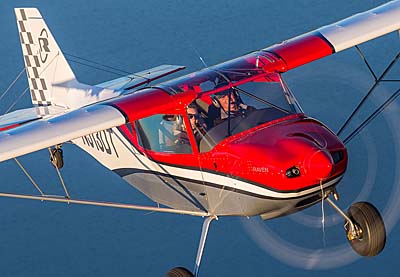
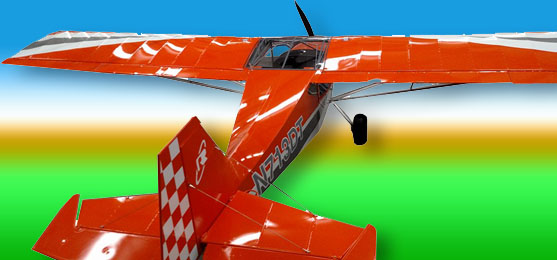
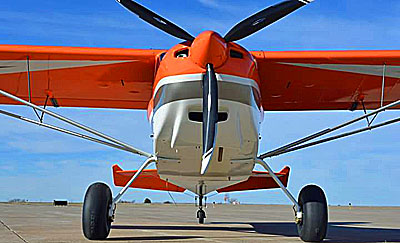
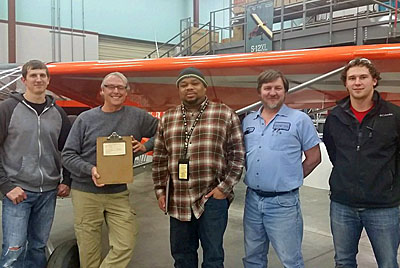

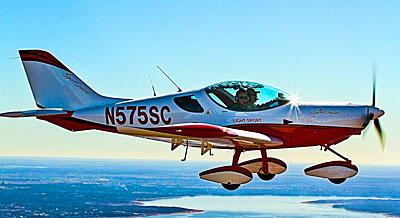
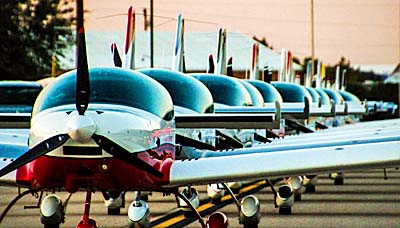
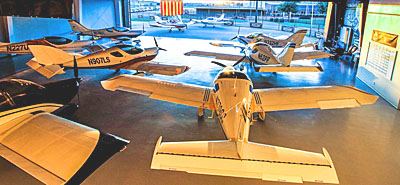

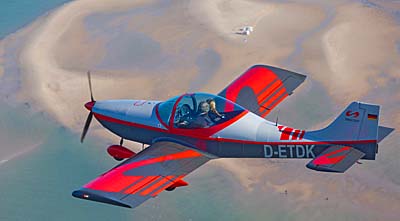
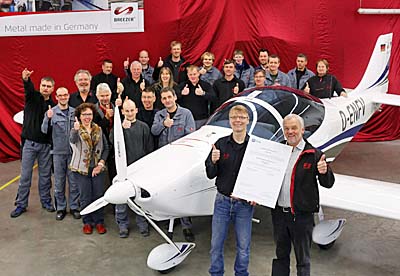
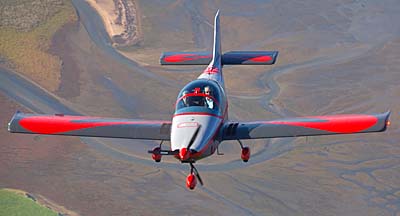



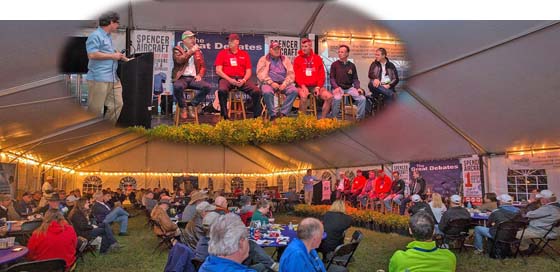

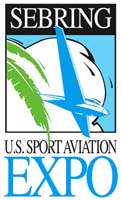
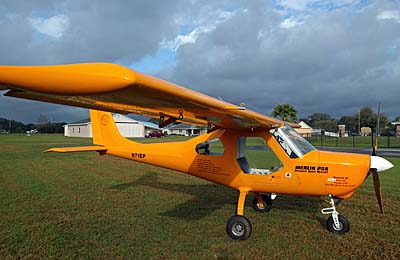
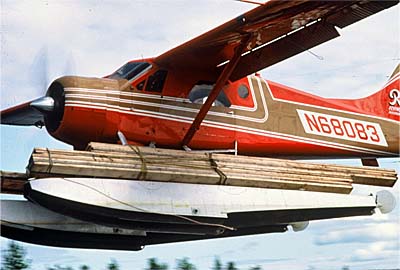


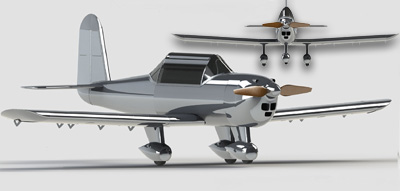
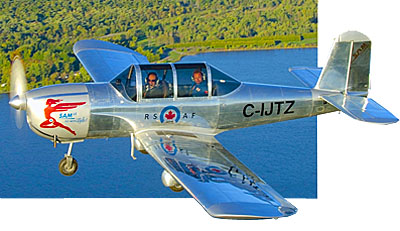

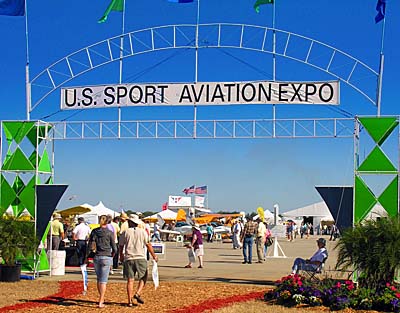
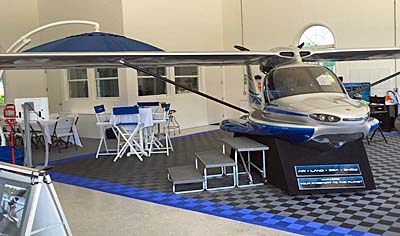
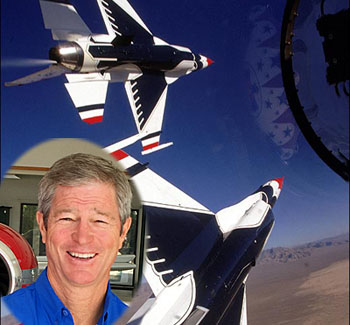

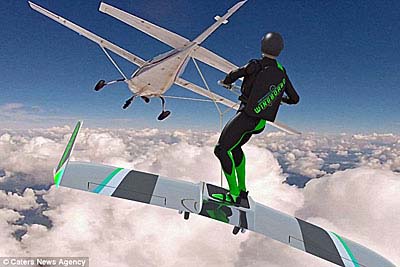
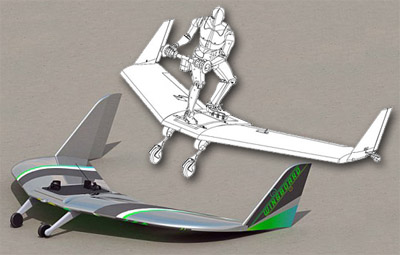
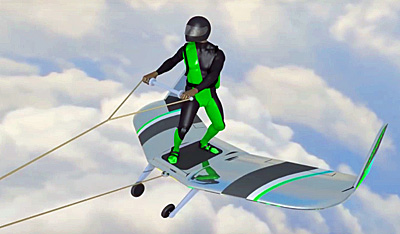
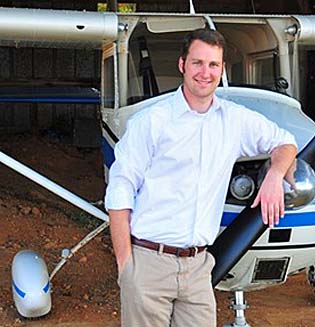

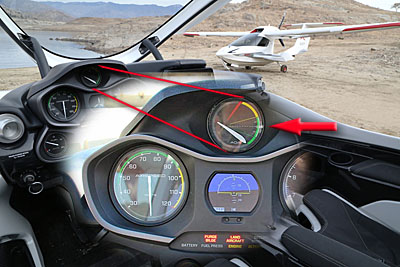




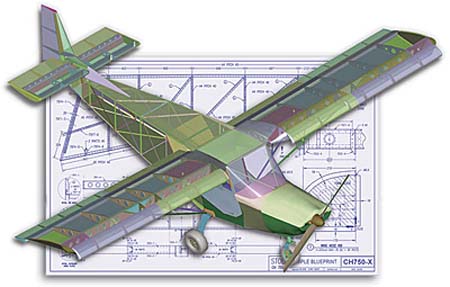
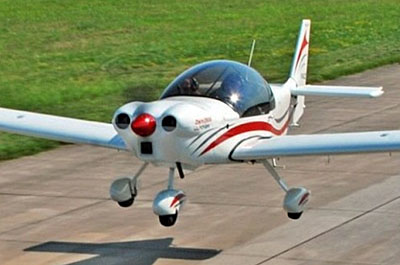
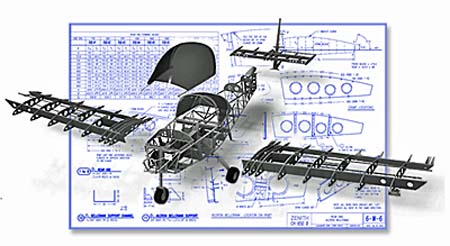
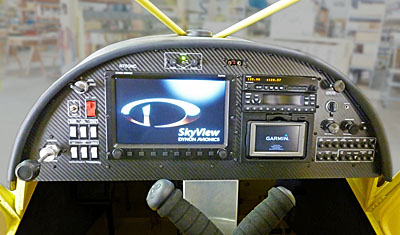

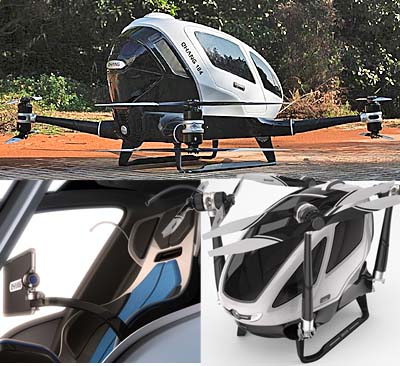
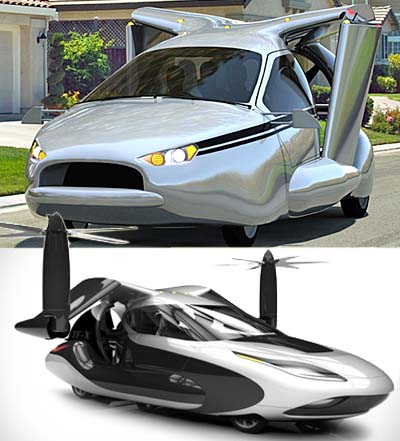
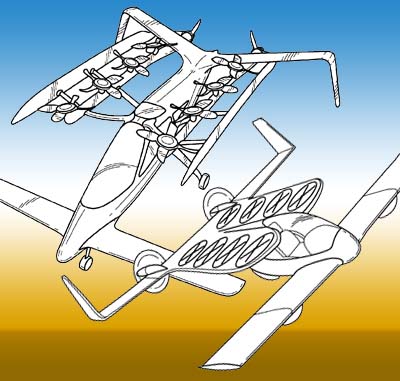

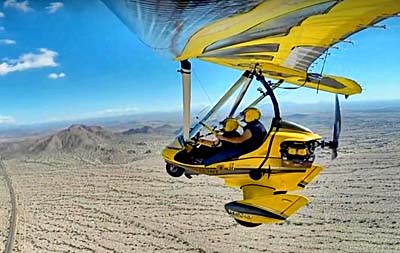 Sometimes I am pretty darn sure I may have the best job in the world, or at least one of the best jobs. Other times, it seems like work, as does any job. However, when it's good, it can be ecstatically great, no question about it. One time I know this is the case is when I get to go aloft in a truly great flying machine with an excellent instructor or demo pilot to explain their aircraft and show me how to optimize the machine.
Such was the situation when I got to fly the
Sometimes I am pretty darn sure I may have the best job in the world, or at least one of the best jobs. Other times, it seems like work, as does any job. However, when it's good, it can be ecstatically great, no question about it. One time I know this is the case is when I get to go aloft in a truly great flying machine with an excellent instructor or demo pilot to explain their aircraft and show me how to optimize the machine.
Such was the situation when I got to fly the 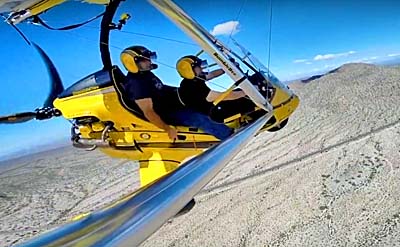 I grew up in the desert and to this day, I find that landscape beautiful. I love green trees covering granite mountains, or ocean views, but the Arizona desert is simply stunning to my eyes. To see it so perfectly well as you can in an open cockpit aircraft like Revo is very special. You see desert charm in the photos accompanying this article, but I think the video conveys it even better. So, come on along ... let's go for a flight.
As I've said in previous writing and earlier videos, Revo is one of those aircraft that gets better looking the closer you examine it. Larry and his team — including the delightful Amy Saunders, and dad, Phil — have not overlooked a single, even minor, item. The hardware detail is absolutely exquisite in every knurled knob, sweeping sculpture of fiberglass, or shiny, anodized aluminum component. If you don't believe my enthusiasm, I encourage you to scrutinize Revo with a magnifying glass.
In Revo, you can have digital glass instrumentation. Radios and intercom work well through helmet headsets. Controls are available front and back seat and that applies to the hand and foot controls needed to fly a trike. Seats are comfortable and the rear seat has excellent forward visibility.
I grew up in the desert and to this day, I find that landscape beautiful. I love green trees covering granite mountains, or ocean views, but the Arizona desert is simply stunning to my eyes. To see it so perfectly well as you can in an open cockpit aircraft like Revo is very special. You see desert charm in the photos accompanying this article, but I think the video conveys it even better. So, come on along ... let's go for a flight.
As I've said in previous writing and earlier videos, Revo is one of those aircraft that gets better looking the closer you examine it. Larry and his team — including the delightful Amy Saunders, and dad, Phil — have not overlooked a single, even minor, item. The hardware detail is absolutely exquisite in every knurled knob, sweeping sculpture of fiberglass, or shiny, anodized aluminum component. If you don't believe my enthusiasm, I encourage you to scrutinize Revo with a magnifying glass.
In Revo, you can have digital glass instrumentation. Radios and intercom work well through helmet headsets. Controls are available front and back seat and that applies to the hand and foot controls needed to fly a trike. Seats are comfortable and the rear seat has excellent forward visibility.
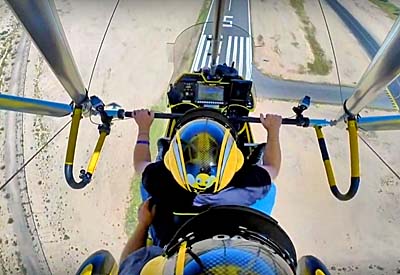 A one-piece curved mast — the massive strut connecting carriage to wing — provides added comfort for the passenger. The front seat offers quick-adjust foot pedals for even the tallest of pilots. An airframe parachute is available and installed — like everything else — in a most sanitary manner. All carriages are available in brilliant colors and many hardware parts are color coordinated to the overall color scheme.
Our Revo videos — you see both below or find more on our
A one-piece curved mast — the massive strut connecting carriage to wing — provides added comfort for the passenger. The front seat offers quick-adjust foot pedals for even the tallest of pilots. An airframe parachute is available and installed — like everything else — in a most sanitary manner. All carriages are available in brilliant colors and many hardware parts are color coordinated to the overall color scheme.
Our Revo videos — you see both below or find more on our 